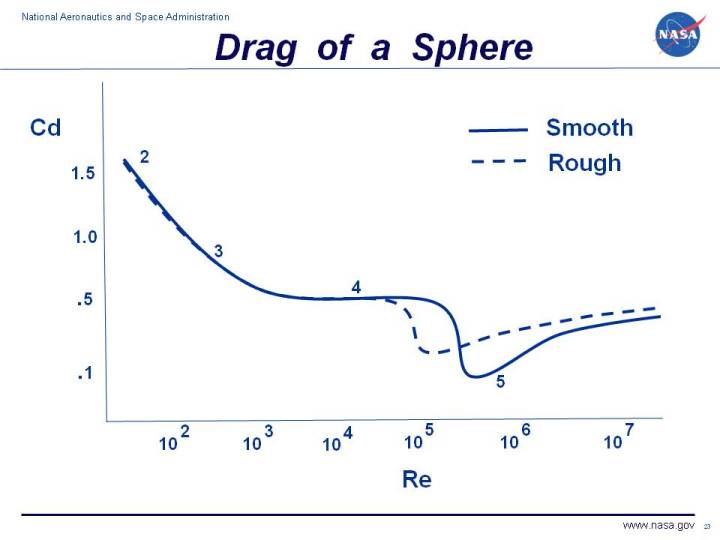(on-topic:) I saw an interview with the aero-responsible guy at SwissSide, Jean-Paul Ballard, who made a very competent impression to me (he will be known by the insiders at ST), who presented this thing:
https://www.bikerumor.com/...ro-drag-on-the-road/ not yet on the market, which could be very helpful at testing outside (if it measures cda so well as Jean-Paul claims).
Another thing he mentioned in that interview which is relevant to this thread is something I heared already before but which I did never regard as so important:
The insiders know that a continental tt (being a slick) has better rolling properties than a conti 4000s II, but are slightly less puncture-resistant. I for example take the risk and ride tt because I hope to be faster therewith.
The thing Jean-Paul mentioned though is that the 4000s II is better in aerodynamics than the tt (on aerowheels) because the profile on the 4000s II makes the airstream turbulant causing it to stall later from the wheel. The surprising thing to me was that this effect is very important in that they measured 7w difference because of this effect. This effect is by the way only interesting for the front wheel.
It is of course interesting, considering the discussion in this thread, with which yaw angles these 7w were measured. Anyway, Jean-Paul said that stalling normally happens at 19° yaw, but with a slick already at 7° yaw. What he claimed explicitly is that mounting a tt on a front aerowheel destroys the whole advantage of the aerowheel compaired to a cheap wheel. As I understood this I directly sent one of the tts I just ordered back to exchange it with a 4000s II which I will mount on my front wheel.



